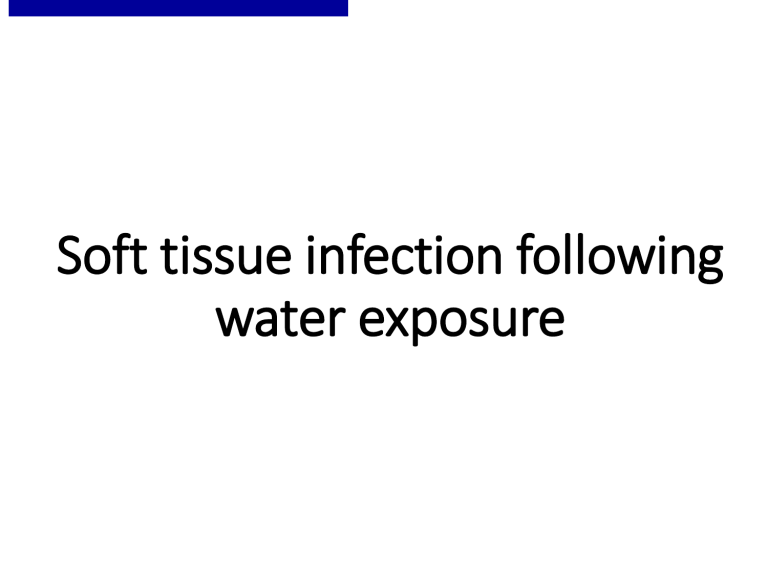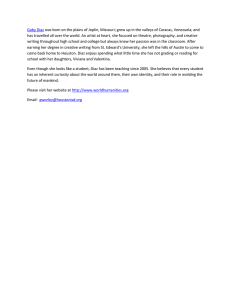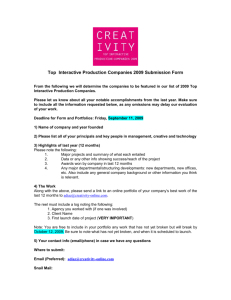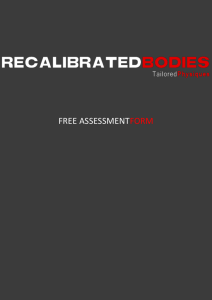
Soft tissue infection following water exposure Epidemiology - The risk of soft tissue infection due to traumatic injury during water exposure depends on the source of water. -Individual at risk include: swimmers, fishermans and boaters. *brackish: slightly salty water, as is the mixture of river water and seawater in estuaries. Diaz JH, Lopez FA. Skin, soft tissue and systemic bacterial infections following aquatic injuries and exposures. Am J Med Sci. 2015 Mar;349(3):269-75. Bear in mind! Non-infected wound Superficial Wound + Water exposure Infected wound Deep Microbiology - Most of them are Gram negative rods (Vibrio vulnificus, Pseudomonas and Aeromonas), but it can also be caused Acid-Fast mycobacteria or Gram positive organisms. - Polymicrobial infections are also possible. - CDC: the most dangerous are Vibrio vulnificus and Aeromonas hydrophila. Diaz JH, Lopez FA. Skin, soft tissue and systemic bacterial infections following aquatic injuries and exposures. Am J Med Sci. 2015 Mar;349(3):269-75. Clinical evaluation History and Physical Evaluation: -Thorough exposure history should be obtained. -Infected wounds can be classified in: 1- Superficial: cellulitis or abscess. 2- Deep: abscess, necrotizing fasciitis, septic arthritis, osteo Bourque DL, Vinetz JM. Illnesses Associated with Freshwater Recreation During International Travel. Curr Infect Dis Rep. 2018 May 22;20(7):19. Clinical evaluation Labs: - CBC, ESR, CRP + cultures (both aerobic and anaerobic) -Immunouppressed patients M. marinum Imaging: - Only if it is a deep wound infection Bourque DL, Vinetz JM. Illnesses Associated with Freshwater Recreation During International Travel. Curr Infect Dis Rep. 2018 May 22;20(7):19. Management Management is based on: 1-Wound management. 2-Antibiotic therapy. 3-Tetanus prophylaxis. Diaz JH. Skin and soft tissue infections following marine injuries and exposures in travelers. J Travel Med. 2014 MayJun;21(3):207-13. Management 1-Wound management - NS irrigation. - Devitalized tissue should be debrided. - Specimens should be analyzed. - Acute infected wounds should be left open with approximation of wound edges to facilitate closure by secondary intention. Diaz JH. Skin and soft tissue infections following marine injuries and exposures in travelers. J Travel Med. 2014 MayJun;21(3):207-13. Management 2-Antibiotic therapy - Route of administration: IV or PO. - Empiric Antibiotics regimen: Cephalexin 500mg PO q6h Cefazolin 1g IV q8h Clindamycin 300mg q6h - + Levofloxacin 750mg once daily ± Doxycycline 100mg q12h Metronidazol 500mg q6h Empiric antibiotic should be tailored to microbiology data when available. - Duration of therapy: 10-14 days. Diaz JH. Skin and soft tissue infections following marine injuries and exposures in travelers. J Travel Med. 2014 MayJun;21(3):207-13. Are there any questions? Eduardo F. Avalos Sugastti International Medical Gradate – National University of Asuncion Observer in University of Miami – Miller School of Medicine eduasugastti@gmail.com



